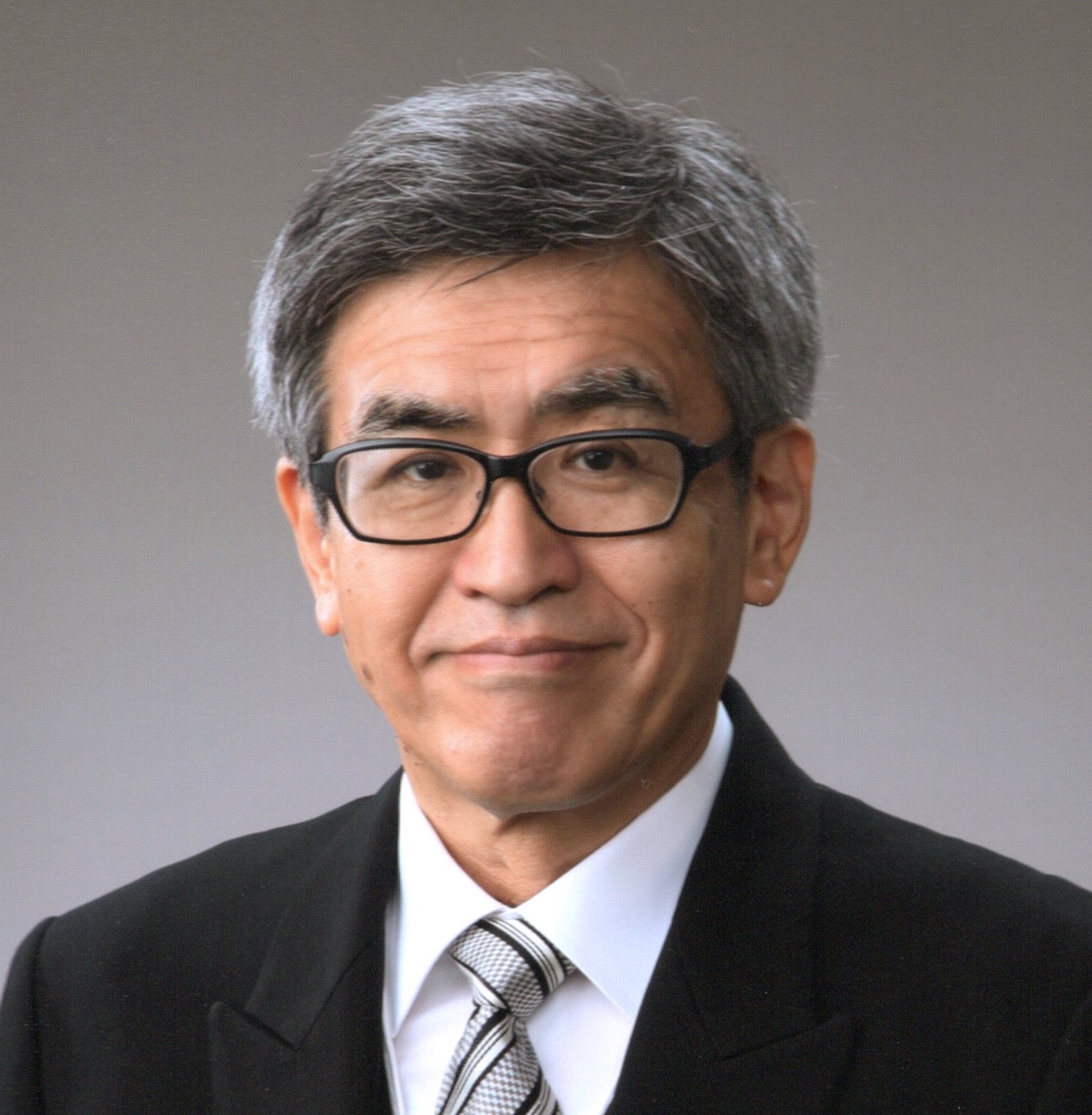Norito Kawakami
President of Japan Society for Occupational Health/日本東京大學教授Current Position:
President, Japan Society for Occupational Health (JSOH)
Professor, Department of Mental Health, Graduate School of Medicine, The University of Tokyo
Education:
Graduated School of Medicine, Gifu University in 1981 (receiving MD)
Graduated Graduate School of Medicine, The University of Tokyo in 1985 (majoring Social Medicine) (receiving Doctor of Medical Science)
Professional Experience:
1985 – 1990 Assistant Professor, Department of Public Health, Faculty of Medicine, University of Tokyo, Tokyo, Japan
1990 – 1991 Visiting Researcher, University of Texas School of Public Health, Houston, TX, USA
1991 – 1992 Visiting Researcher, Faculty of Medicine, University of Tokyo, Tokyo, Japan
1992 – 2000 Associate Professor, Department of Public Health, Gifu University School of Medicine, Gifu, Japan
2000 – 2006 Professor, Department of Hygiene & Preventive Medicine, Okayama University Graduate School of Medicine, Dentistry & Pharmaceutical Science, Okayama, Japan
2006 – Present Professor, Department of Mental Health, School of Public Health, the University of Tokyo
2013 – 2020 Head, School of Public Health, the University of Tokyo
2015 – 2021 Vide dean, Graduate School of Medicine, the University of Tokyo
Special Honor:
Received the Award from the Japan Society for Occupational Health in 2013.
Received the Medical Award of the Japan Medical Association in 2013.
Received the Award from Ministry of Health, Labor and Welfare in 2019.
Received the Medal with Purple Ribbon from The Emperor of Japan in 2020.
演講主題:
Leadership and innovation in occupational health: their key role in the inter-sector collaboration
The inter-sector approach in occupational health
Because the role of occupational health professionals (OHPs) is to help an employer and employees work together for better occupational health (ICOH Code of Ethics, 2014), OHPs in the "health sector" are required to work closely with "non-health" sectors in the workplace, such as an employer, human resources, managers, and so on. I would like to argue that leadership and innovation may guide OHPs and other stakeholders work together in the inter-sector approach in the workplace.
Leadership in occupational health
It has been argued that new competencies are required for health care professionals and public health professionals with changing health care needs (Frenk et al., 2010). This also applies to occupational health: OHPs need new competencies to work with increasing demands and expectations from employers and workers in complex situations. Leadership is among these competencies for healthcare professionals. Leadership is often discussed in the context of behaviors of employers and managers. However, the recent development of the concept of leadership focuses on leadership not based on the authority, that can be called as "leadership for everyone" that is also relevant to OHPs. Leadership is “the ability to turn vision into reality” (Alon and Higgins, 2005). OHPs could have their own leadership to clarify their own vision and to make it real to achieve a goal of occupational health. In doing so, OHPs have to work with stakeholders in the other sectors, when OHPs have no authority over the process. The first step is to develop and refine their own vision, but adjusting or integrating the visions with those of stakeholders and organizations. The second step is to communicate with the stakeholders to develop a goal and a plan for the vision. Leadership is an essential competency for OHPS to work with the other sections.
Innovation in occupational health
The innovation is defined as “a new or improved product or process (or combination thereof) that differs significantly from the unit’s previous products or processes and that has been made available to potential users (product) or brought into use by the unit (process)” (OECD, 2018). If the innovation could apply to occupational health, it would improve the value of occupational health, attract more stakeholders, and facilitate the dissemination and implementation if it is appropriately designed. Making an innovation in occupational health is another strategy to improve the inter-sector connection between OHPs and other sectors.
Conclusion
I describe that leadership and innovation for occupational health professionals may help them work better with stakeholders in the other sectors in the workplace. This is not a one-way approach; people in the other sector could also have their vision and make actions to realize it, working better with OHPs. Furthermore, this is not limited in the workplace. Occupational health professionals and researchers often work with policy makers in the health and other sectors, and employer associations and unions. Leadership and innovation are a useful strategy to provide better occupational health service to all workers.
References
Frenk J, et al. Lancet. 2010; 376(9756):1923-58.
Alon I, Higgins JM. Business Horizons. 2005; 48 (6): 501.
OECD. Oslo manual 2018: http://oe.cd/oslomanual

